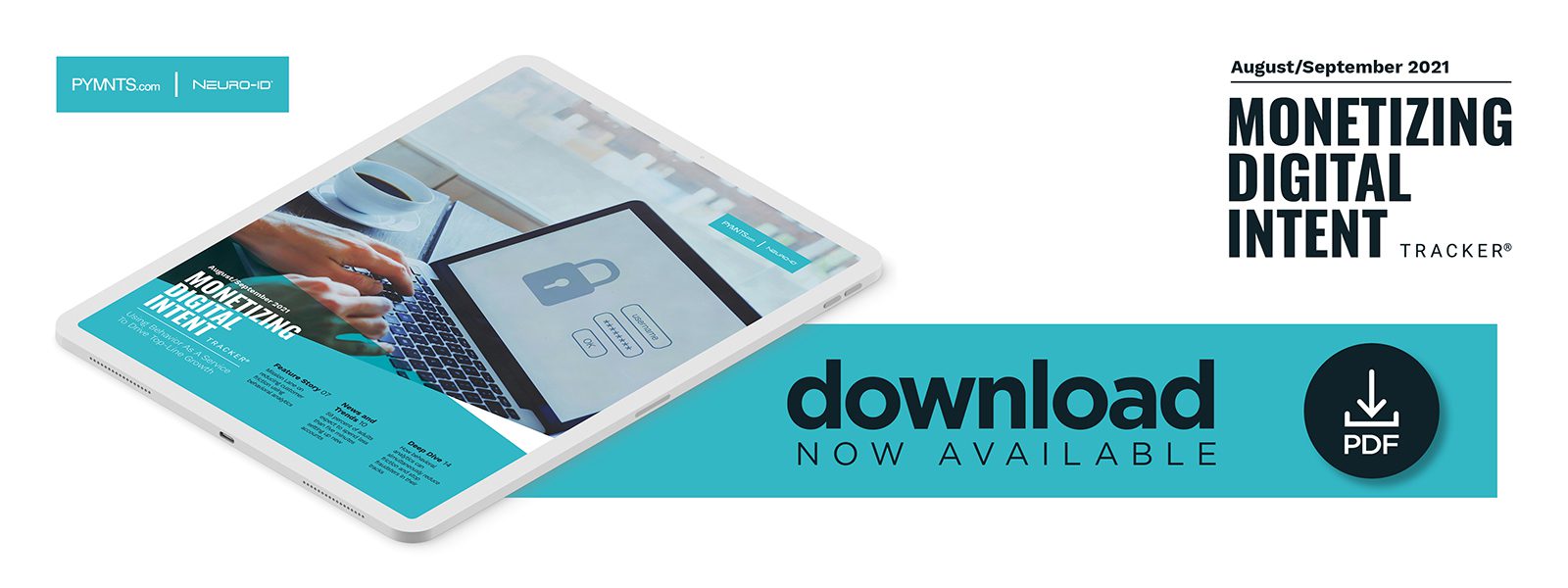Consumers have grown to expect lightning-fast digital interactions as a growing share now bank and shop online.
Banks, retailers and businesses of all types are working to meet these demands for smooth interactions, but this goal can conflict with the cybersecurity measures they deploy to safeguard organizations and consumers from fraud.
Some firms are working to get the best of both worlds using behavioral analytics. FinTech Mission Lane, for example, has introduced a new behavioral analytics system intended to weed out fraudsters and accelerate its onboarding processes, thereby simultaneously increasing conversion rates and keeping customers safe.
“One of the biggest challenges we have in our onboarding phase is to always strive to have the highest conversion possible, and a key part of that conversion is making sure you get your fraud detection correct,” said Mission Lane Head of Fraud Gaurishankar Gopalakrishnan. “In any lending business, fraud detection can come up as a barrier to conversion and onboarding, and what we are finding is that behavioral analytics is definitely helping us sharpen our tool set and helping not only detecting fraud but also improving our onboarding.”
Gopalakrishnan spoke with PYMNTS in an interview about how Mission Lane leverages behavioral analytics to more accurately detect fraud without compromising seamless customer onboarding.
Fighting Fraud
Many fraud prevention systems require customers to take extra steps, such as providing fingerprint scans, multifactor authentication (MFA) codes or passwords. Behavioral analytics instead analyze how customers enter the data already required during onboarding, such as their names, Social Security numbers (SSNs) or email addresses, reducing the number of steps involved and ultimately improving seamlessness.
“Behavioral analytics works by finding abnormalities in how a customer or an applicant interacts with the company’s surfaces,” Gopalakrishnan said. “It could be how fast someone typed a name or an SSN, or how many mistakes do you make, how long you take to answer things. Those are some really classic examples of how you determine what’s normal and what’s not normal.”
Gopalakrishnan said these systems get smarter over time, improving both their fraud detection capabilities and their ability to reduce customer friction. The analyses performed in fraud detection can become faster in their calculations, allowing customers to onboard rapidly.
“If I’m getting better at finding fraud, I can feel much better about the folks [who] are not likely to be fraud,” Gopalakrishnan explained. “I can get more confident that this is the true person and may reduce … further steps, like document verification or any other processes that I might typically follow when I have a certain risk of fraud.”
Behavioral analytics can offer additional friction reduction benefits down the line as the technology matures. Also, it can act as a backstop for other forms of customer authentication in the event that they are compromised.
Future Friction Reduction Benefits
Fraud reduction might be the name of the game for now, but behavioral analytics can be used to identify other friction points by analyzing customer interactions. One data field might ask for a redundant email address, for example, and the system could find that customers decide to abandon the signup process entirely at that point.
“As our experience with behavioral analytics matures [and] we get more used to what our customers do and we get more experience, I believe that we will have the increased ability to focus [on] onboarding and checkout,” Gopalakrishnan said. “I believe that we can improve the flow through our checkout process and decrease things like false positives.”
This multifunctionality sets behavioral analytics apart from alternatives such as MFA or biometrics, which are limited largely to security purposes. Fraudsters also could increasingly compromise the latter method in the future, Gopalakrishnan warned.
“Biometrics is really good, but I can imagine a pretty harrowing situation where someone’s biometrics are stolen, and it’s hard to deal with that because it’s a fundamental core of your physical identity,” he said. “My hope, therefore, is that behavioral analytics adds another dimension to how you can assess how customers behave, both good and bad, and can make better decisions because of that.”
These better decisions can come in the form of fraud prevention and friction reduction. Both are critical to ensuring customers’ experiences are as secure and satisfying as possible.





